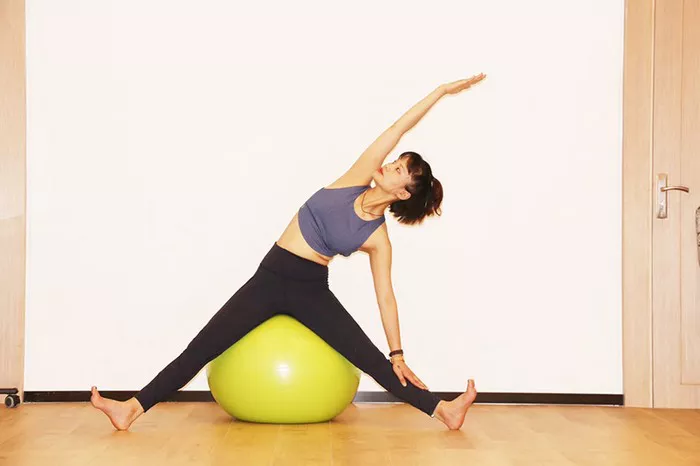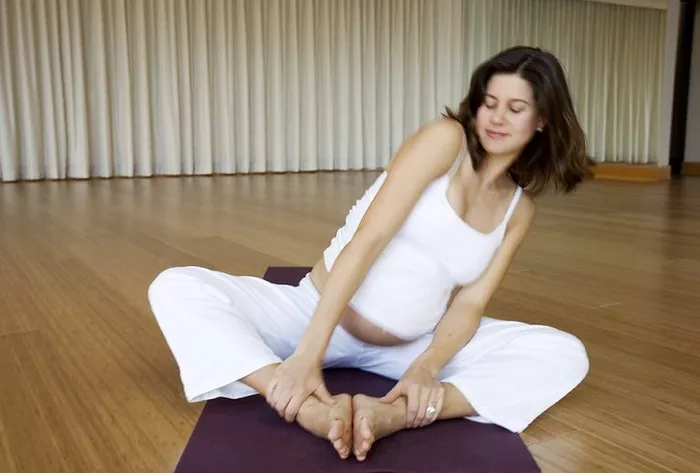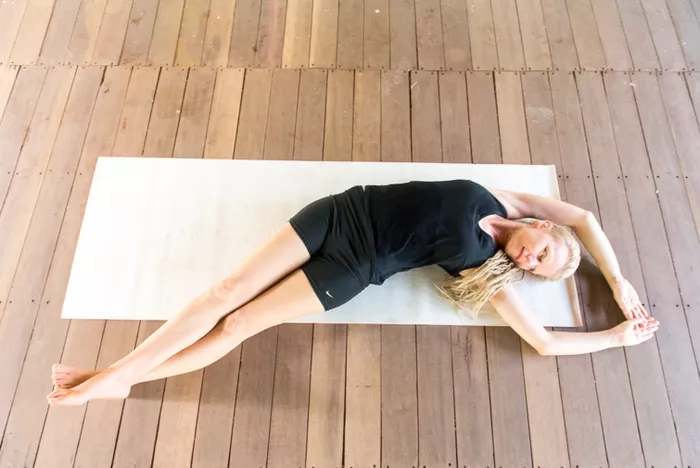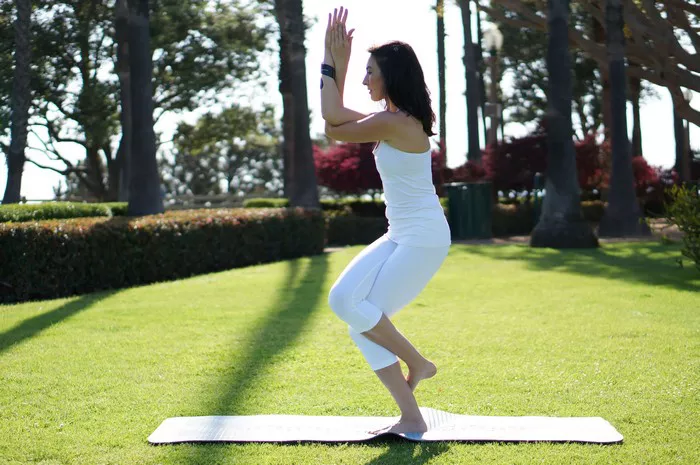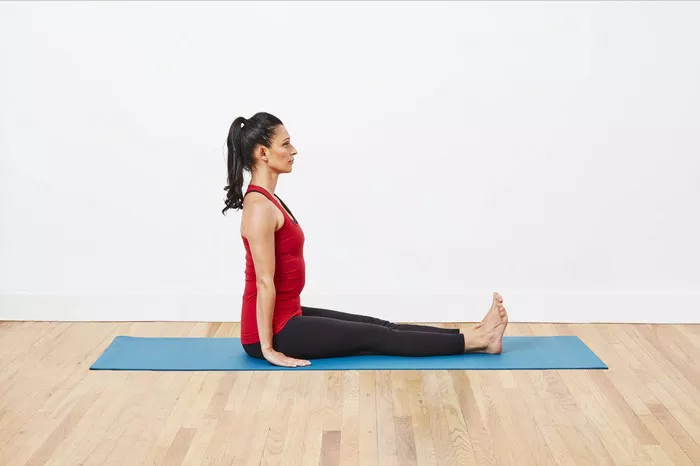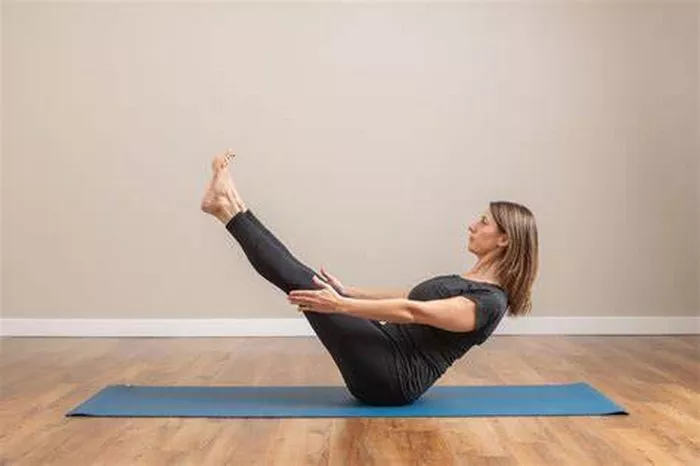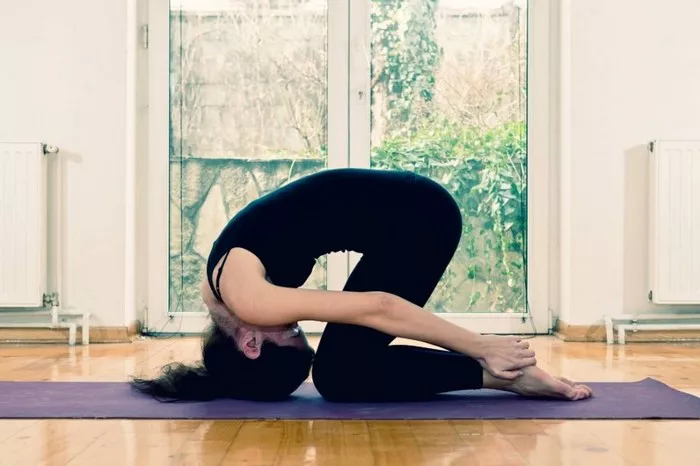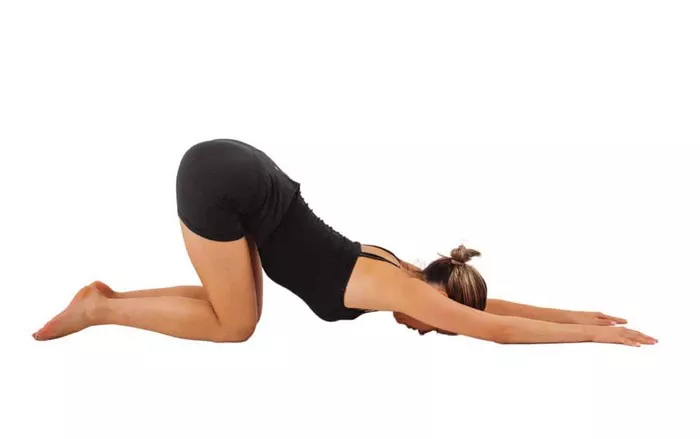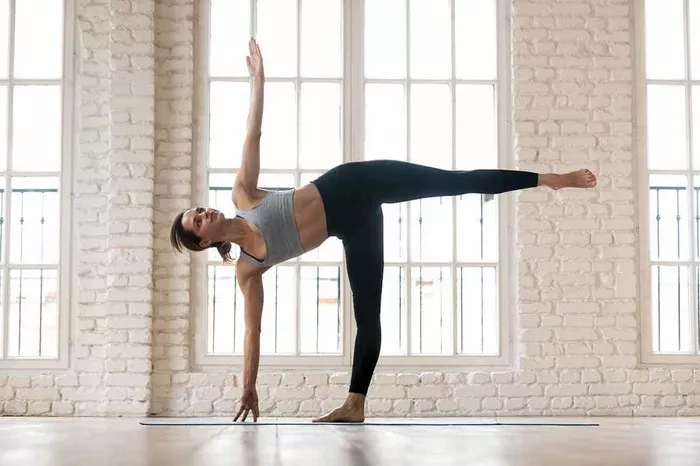Yoga balls, also known as stability balls, exercise balls, or Swiss balls, are versatile tools used in various fitness routines, physical therapy, and yoga practices. They are excellent for improving balance, core strength, and flexibility. However, there may come a time when you need to deflate your yoga ball, whether it’s for storage, transportation, or replacement. Deflating a yoga ball properly ensures its longevity and usability in the future. This comprehensive guide will walk you through the steps to deflate a yoga ball safely and efficiently.
Understanding Your Yoga Ball
Before diving into the deflation process, it’s essential to understand the components and materials of your yoga ball. Most yoga balls are made from durable PVC material, which allows them to withstand significant pressure and weight. They typically come with a valve or plug that maintains the ball’s inflation.
There are two main types of valves:
- Pin-Valve: A small, removable plug that fits into the ball’s opening.
- One-Way Valve: A more advanced valve that allows air to be pumped in but not out unless a special tool is used.
Tools Needed for Deflation
To deflate your yoga ball, you’ll need the following tools:
- A valve removal tool or a thin object like a paperclip (for pin-valve balls)
- A pump with a deflation setting (optional but helpful for quicker deflation)
- A clean, flat surface to work on
- A storage bag or box for the deflated ball
See Also: How to Inflate a Yoga Ball: A Detailed Guide
Step-by-Step Guide to Deflate a Yoga Ball
1. Prepare Your Space
Ensure you have a clean, flat surface to work on. This will prevent the ball from rolling away and getting dirty during the deflation process. Lay down a yoga mat or a towel if you’re working on a hard surface to protect the ball from any sharp objects or rough surfaces that could damage it.
2. Locate the Valve
Find the valve or plug on your yoga ball. This is usually a small, round, and slightly raised area on the ball’s surface. Some yoga balls have a logo or a marking near the valve to make it easier to locate.
3. Remove the Valve
For Pin-Valve Balls:
Using a Valve Removal Tool: Insert the tool into the valve and gently wiggle it until the valve pops out. Be careful not to puncture the ball or damage the valve.
Using a Thin Object: If you don’t have a valve removal tool, a paperclip or a similar thin object can be used. Straighten the paperclip and carefully insert it into the valve’s edge, then gently pry the valve out.
For One-Way Valve Balls:
Using the Deflation Tool: Insert the deflation tool into the valve. This tool is typically included with the purchase of the ball or can be bought separately. Push the tool in until you hear a hissing sound, indicating that air is escaping.
Alternative Method: If you don’t have a deflation tool, you can use a pump with a deflation setting. Attach the pump to the valve and switch to the deflation mode to let the air out.
4. Allow the Air to Escape
Once the valve is removed or opened, allow the air to escape naturally. This can take several minutes, depending on the size of the ball and the amount of air inside. You can speed up the process by gently pressing down on the ball to help push the air out. Be careful not to apply too much pressure at once, as this could damage the ball.
5. Fold the Ball
As the air escapes, start folding the ball to remove any remaining air. Begin by folding the ball in half, then continue folding it into smaller sections. This helps to push out the last bits of air and makes the ball more compact for storage.
6. Store the Ball
Once the ball is fully deflated and folded, place it in a storage bag or box. Keep it in a cool, dry place away from direct sunlight and sharp objects to prevent any damage.
Tips for Maintaining Your Yoga Ball
To ensure your yoga ball remains in good condition and lasts for a long time, follow these maintenance tips:
Regular Cleaning
Clean Your Ball: Regularly wipe down your yoga ball with a damp cloth and mild soap. This prevents the buildup of dirt and sweat, which can degrade the material over time.
Avoid Harsh Chemicals: Do not use harsh chemicals or abrasive cleaners, as these can damage the ball’s surface.
Proper Storage
Avoid Extreme Temperatures: Store your yoga ball in a cool, dry place. Extreme temperatures can cause the material to become brittle or expand, leading to potential damage.
Keep Away from Sharp Objects: Ensure the storage area is free from sharp objects that could puncture the ball.
Regular Inspections
Check for Damage: Regularly inspect your yoga ball for any signs of wear and tear, such as small punctures or thinning areas. Address any damage immediately to prevent further deterioration.
Reinflate as Needed: Over time, your yoga ball may lose some air. Periodically check the inflation level and reinflate it as needed to maintain its optimal firmness.
Common Issues and Troubleshooting
Difficulty Removing the Valve
Use Lubrication: If the valve is difficult to remove, try applying a small amount of water or mild lubricant around the valve to help ease it out.
Check the Tool: Ensure you are using the correct tool for your specific valve type. If you’re unsure, refer to the manufacturer’s instructions.
Slow Deflation
Apply Gentle Pressure: If the ball is deflating slowly, apply gentle, even pressure across the surface to help push the air out more quickly.
Check for Blockages: Ensure there are no blockages in the valve or the deflation tool that could be restricting the airflow.
Valve Damage
Replace the Valve: If the valve is damaged during removal, you may need to replace it. Many manufacturers offer replacement valves that can be purchased separately.
Seal the Valve: If a replacement is not immediately available, you can temporarily seal the valve with tape or a similar material to prevent air from escaping until a new valve is obtained.
Benefits of Proper Deflation
Properly deflating and storing your yoga ball offers several benefits:
Prolongs Lifespan
By carefully deflating and storing your yoga ball, you can extend its lifespan and ensure it remains in good condition for future use. Proper maintenance prevents unnecessary wear and tear, preserving the ball’s integrity.
Saves Space
Deflating your yoga ball allows for more efficient storage, saving valuable space in your home or gym. This is particularly beneficial if you have multiple pieces of fitness equipment.
Facilitates Transportation
A deflated yoga ball is much easier to transport, whether you’re moving to a new location or taking it with you on a trip. Proper deflation ensures the ball can be safely packed and transported without the risk of damage.
Conclusion
Deflating a yoga ball is a straightforward process that requires a few simple steps and minimal tools. By following this guide, you can ensure your yoga ball is properly deflated, stored, and maintained for future use. Regular maintenance and careful handling will help extend the lifespan of your yoga ball, allowing you to continue enjoying its benefits in your fitness and yoga routines. Whether you’re a seasoned yogi or just starting, knowing how to deflate and care for your yoga ball is an essential skill that enhances your overall practice and equipment management.
Related topics:

